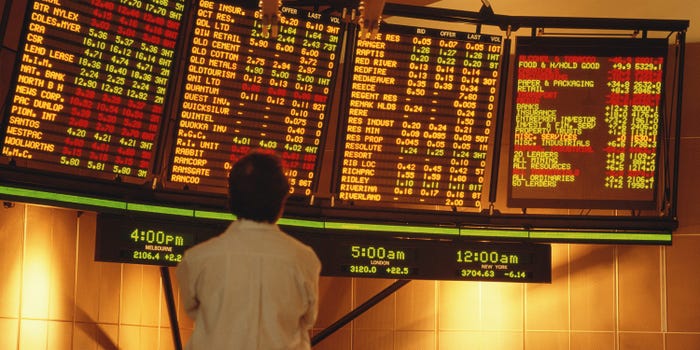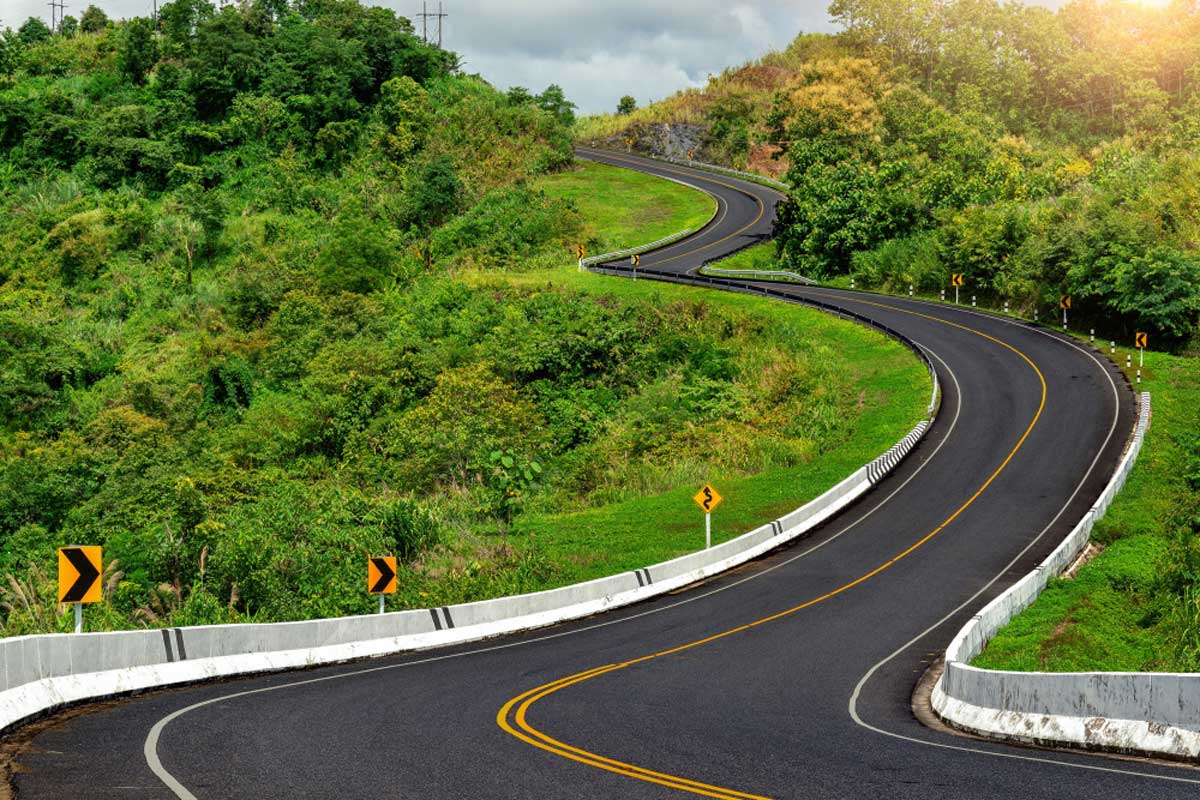There are primarily 2 types of options: Call option and Put option
Call option gives the buyer an option to buy the underlying trade at a particular price on a particular date and Put option gives the buyer an option to sell the underlying trade at a particular price on a particular date.
Since the buyer wants this option, he must pay a price for this which is called as option premium. This option premium is quoted in the market and changes over a period of time depending on various market parameters.
These parameters primarily indicate the probability of the success and the payoff of the trade. Higher the probability, greater the premium. Also, the other parameter which is considered is the payoff if successful. Higher the payoff, greater the premium.
The primary components which affect the option price are very intuitive and I will cover them below:
a. Strike price – The strike price is the price for which the option buyer can buy / sell the underlying on the decided date. Nearer the strike price from the underlying (spot price), greater is the chance of option being exercised and hence higher the premium.
b. Spot price – The spot price is the price of the underlying. Closer the spot price, greater is the chance of it being exercised and hence higher the premium. If you buy a call option and the price of underlying (spot price) increases, it means that there is a higher chance of it being exercised and hence the premium gets more expensive and hence you make more money.
c. Volatility – The volatility indicates the expected move in the underlying in a specified period of time. If the volatility increases, the payoff increases as the option may actually have a very huge payoff. For example: if for a call option with 100 as underlying and 120 as strike; if volatility is x; the price may go to 125; if volatility is 2x, price may go to 140 which means a higher payoff for the call buyer as he/ she can get the underlying at 120 despite the price being 145. This increased volatility causes the premium to increase.
d. Time to expiry – The time to expiry leads to change in option prices. Higher the time to expiry, greater the chance of exercising and also higher could be the potential payoff. Hence any increase/ decrease in time to expiry leads to higher/ lower option premium.
e. Interest rates – Interest rates affect the opportunity cost of the money being invested. Higher interest rates indicate higher opportunity costs and hence affect the price. However, interest rates generally stay constant during the period of option life ( 1 month to 3 months ) and hence generally are not a major factor affecting option prices.
So the next time when you buy / sell an option, think very logically on all these parameters to determine which ones will go in your favour over a period and then take a decision on buying/ selling.
I have covered Option greeks ( how to determine the value of impact for change of each of the above parameters) on option price in my article on Option greeks. Please refer to it for more details.


